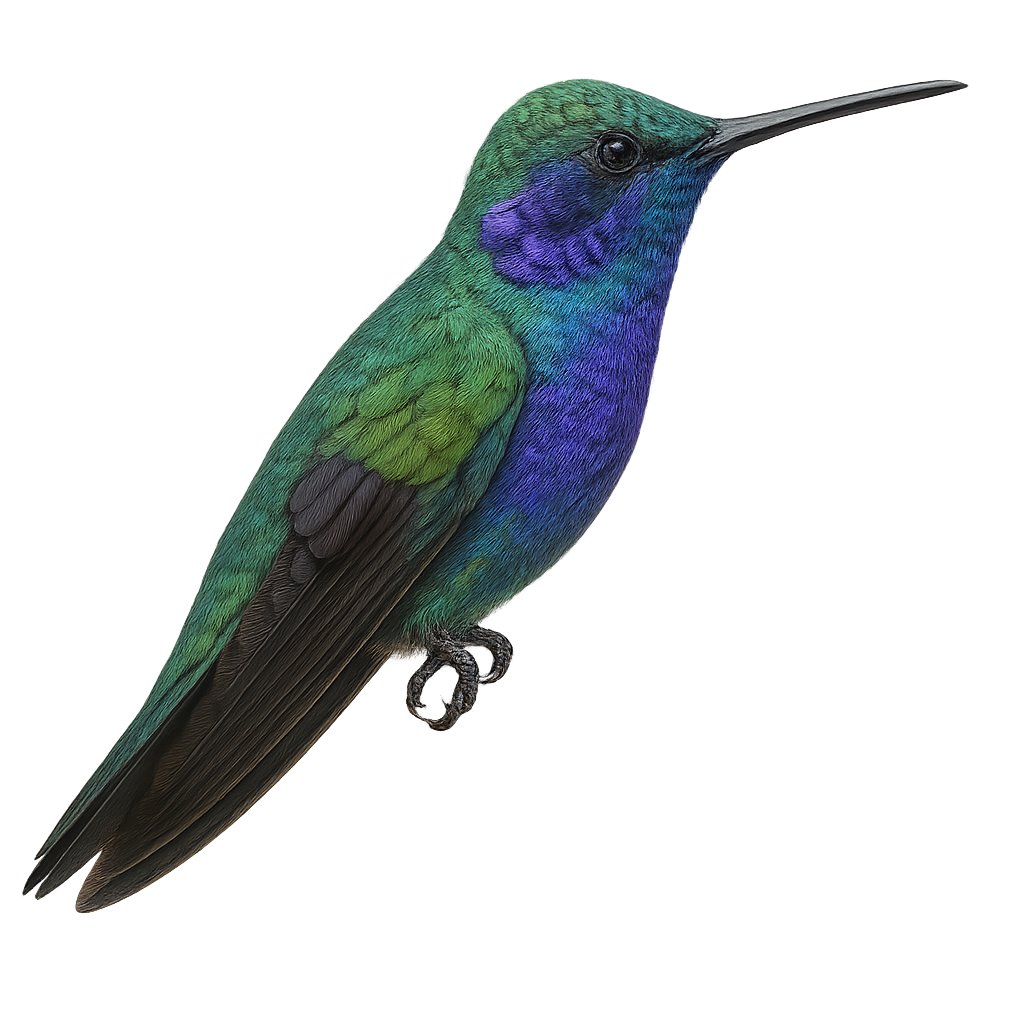Your wildlife photography guide.
Explore the mexican violetear in detail, study its behavior, prepare your shots.
Where to observe and photograph the mexican violetear in the wild
Learn where and when to spot the mexican violetear in the wild, how to identify the species based on distinctive features, and what natural environments it inhabits. The WildlifePhotographer app offers tailored photography tips that reflect the mexican violetear’s behavior, helping you capture better wildlife images. Explore the full species profile for key information including description, habitat, active periods, and approach techniques.
Mexican Violetear
Scientific name: Colibri thalassinus

IUCN Status: Least Concern
Family: TROCHILIDAE
Group: Birds
Sensitivity to human approach: Suspicious
Minimum approach distance: 5 m
Courtship display: March to April
Incubation: 15-19 jours
Hatchings: March to May
Habitat:
Humid forests, forest edges, mountainous areas
Activity period :
Primarily active during the day, with peak activity in the morning and late afternoon.
Identification and description:
The Mexican Violetear is a small, brightly colored bird, primarily emerald green with metallic sheens. It is recognizable by its violet patches on the sides of its head and slightly forked tail. This hummingbird frequents humid forests and forest edges, often at high altitudes. It feeds mainly on nectar but supplements its diet with small insects. Its flight is fast and agile, allowing it to maneuver easily between flowers. The Mexican Violetear is a solitary bird, except during the breeding season. It is known for its spectacular courtship displays, where the male showcases his colorful feathers to attract the female.
Recommended lens:
400mm – adjust based on distance, desired framing (portrait or habitat), and approach conditions.
Photography tips:
To photograph the Green Violetear, it is advisable to use a 400mm lens or longer to capture the details of its colorful feathers. Approach slowly and keep a distance of about 5 meters to avoid scaring it away. The best photos are often taken early in the morning or late in the afternoon when natural light highlights the metallic sheen of its plumage. Be patient and wait for it to perch on a flower to drink nectar, an ideal moment to capture its natural behavior.
The WildlifePhotographer App is coming soon!
Be the first to explore the best nature spots, track rutting seasons, log your observations, and observe more wildlife.
Already 1 439 wildlife lovers subscribed worldwide

